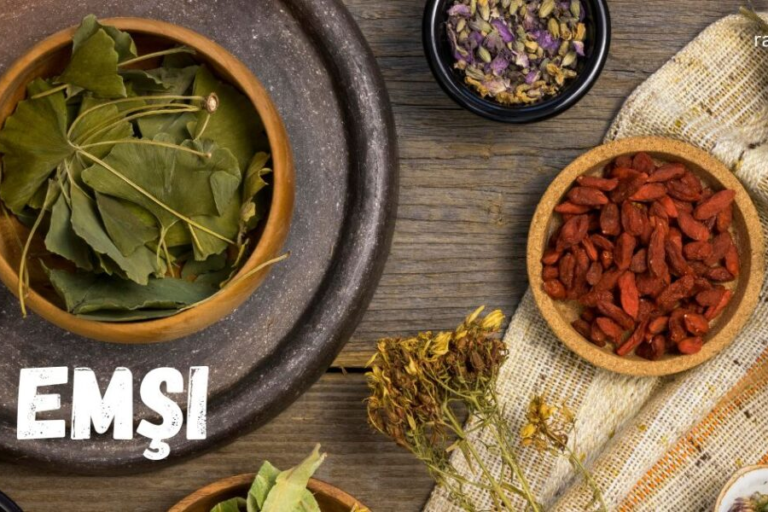Bertėjas: The Art of Lithuanian Weaving
Introduction
Hundreds of years of social heritage and creative articulation are exemplified in the customary Lithuanian winding around make known as bertėjas. This fine art not just features the specialized abilities and innovativeness of its craftsmans yet in addition fills in as an image of social character and legacy. By investigating the set of experiences, procedures, and social meaning of bertėjas, we can acquire a more profound comprehension and appreciation for this immortal specialty.
History of Bertėjas
Bertėjas has a rich and celebrated history in Lithuania, tracing all the way back to old times. It was initially created by master craftsmans who improved their abilities over ages, passing down their insight and methods through families and networks. Throughout the long term, bertėjas advanced affected by different social and creative developments, yet it stayed relentless in its essential standards.
In its earliest structures, bertėjas was something beyond a strategy for making helpful items; it was a type of imaginative articulation and a method for safeguarding social personality. Craftsmans utilized their winding around abilities to make complex examples and plans that frequently held representative implications and recounted accounts of their legacy. These woven pieces were useful as well as filled in as a mechanism for conveying social qualities and customs.
As Lithuania experienced times of occupation and social concealment, bertėjas assumed a pivotal part in keeping a feeling of public personality. The strength of this art assisted with saving Lithuanian culture and history during times when different types of articulation were limited. Today, bertėjas remains as a demonstration of the persevering through soul and imagination of the Lithuanian public.
Techniques and Materials
The methods and materials utilized in bertėjas fluctuate contingent upon the planned result of the piece. Craftsmans might utilize a scope of textures, like hemp, material, and fleece, to make various surfaces and impacts. The selection of materials is in many cases affected by local traditions and the singular inclinations of the weaver.
One of the distinctive elements of bertėjas is the utilization of regular colors to accomplish a wide range of varieties. These colors are gotten from plants, minerals, and other regular sources, permitting craftsmans to make dynamic and exceptional shades. The most common way of coloring is itself a work of art, requiring information on science and a profound comprehension of how various materials communicate with one another.
The winding around methods utilized in bertėjas are multifaceted and require an elevated degree of expertise and accuracy. Customary strategies include the utilization of handlooms, where the weaver fastidiously interweaves strings to make definite examples and plans. Each piece is an ongoing source of both blessing and pain, frequently requiring weeks or even a very long time to finish. The intricacy of the examples and the nature of the craftsmanship mirror the devotion and skill of the craftsman.
Significance of Bertėjas
In Lithuanian culture, bertėjas holds critical significance as a portrayal of custom, masterfulness, and expertise. The specialty is utilized to make many items, including clothing, home materials, and formal things. These woven pieces bring excellence and social character into regular day to day existence, filling in as a consistent sign of Lithuania’s rich legacy.
Bertėjas is frequently connected with significant life altering situations and services. Customary Lithuanian weddings, for instance, highlight woven articles of clothing and materials as a feature of the festivals. These things are wonderful as well as convey profound representative implications, addressing endowments, success, and the congruity of social customs.
The art of bertėjas likewise assumes an imperative part in protecting Lithuanian people workmanship and old stories. Many woven plans integrate themes and examples that are roused by antiquated fantasies, legends, and nature. By proceeding to practice and pass down these procedures, craftsmans help to keep these accounts alive and guarantee that they are not neglected.
The Future of Bertėjas
In spite of its long history, bertėjas faces difficulties in the cutting edge world. The ascent of efficiently manufactured products and the impact of contemporary craftsmanship and configuration have prompted a decrease in the quantity of conventional craftspeople. More youthful ages, frequently attracted to new and creative types of articulation, may not see the worth in learning and saving this antiquated specialty.
In any case, there are endeavors in progress to guarantee that bertėjas doesn’t blur into haziness. Different associations and people are devoted to advancing the art and bringing issues to light about its social importance. Studios, presentations, and instructive projects are being coordinated to show the strategies of bertėjas to new ages and to motivate a recharged interest in this customary fine art.
One of the vital methodologies for safeguarding bertėjas is to coordinate it into contemporary plan and style. By mixing customary methods with current feel, craftsmans can make items that enticement for a more extensive crowd while as yet respecting the art’s legacy. This approach assists with keeping the art alive as well as permits it to develop and stay pertinent in this day and age.
Conclusion
Bertėjas is something beyond a specialty; it is a living portrayal of Lithuanian culture and imaginative articulation. Through an investigation of its set of experiences, methods, and importance, we can acquire a more profound appreciation for this old work of art and the craftsmans who keep on rehearsing it. By supporting endeavors to safeguard and advance bertėjas, we can assist with guaranteeing that this delightful and significant custom perseveres for people in the future.
In reality as we know it where the speed of progress can some of the time eclipse the worth of custom, bertėjas remains as a sign of the significance of social legacy and the force of imaginative articulation. It is a demonstration of the strength and inventiveness of the Lithuanian public, and a festival of the magnificence that can be made when expertise and creativity meet up.
- Facts:
- Historical Roots: Bertėjas is a traditional Lithuanian weaving craft with a rich history dating back to ancient times.
- Cultural Significance: It serves as a symbol of cultural identity and heritage, often associated with important life events and ceremonies.
- Techniques and Materials: The craft employs various fabrics like hemp, linen, and wool, and uses natural dyes derived from plants and minerals.
- Artistic Expression: Early forms of bertėjas were not just practical but also a medium for artistic expression, with intricate patterns and designs holding symbolic meanings.
- Preservation of Identity: During periods of occupation and cultural suppression, bertėjas helped maintain a sense of national identity.
- Traditional Methods: Bertėjas is traditionally created using handlooms, requiring high skill and precision.
- Modern Challenges: The craft faces challenges from mass production and contemporary design trends, leading to a decline in traditional craftspeople.
- Preservation Efforts: Efforts are being made to preserve and promote bertėjas through workshops, exhibitions, and integrating it into contemporary design.
- Educational Programs: Educational initiatives aim to teach new generations the techniques and significance of bertėjas.
- Cultural Heritage: Bertėjas plays a crucial role in preserving Lithuanian folk art and folklore.
Summary:
Bertėjas, a traditional Lithuanian weaving craft, exemplifies centuries of cultural heritage and artistic expression. Originating in ancient times, this craft involves intricate techniques and the use of natural materials like hemp, linen, and wool, dyed with natural sources to create vibrant colors. Historically, bertėjas served not only practical purposes but also as a medium for artistic expression and preserving cultural identity. Despite facing challenges from modern mass production and design trends, efforts are being made to preserve this craft through educational programs and by integrating it into contemporary design. Bertėjas remains a vital representation of Lithuanian culture, showcasing the resilience and creativity of its people.
FAQs:
- What is bertėjas?
- Bertėjas is a traditional Lithuanian weaving craft known for its intricate patterns and cultural significance. It involves the use of various fabrics and natural dyes to create woven pieces that serve both practical and artistic purposes.
- What materials are used in bertėjas?
- The materials used in bertėjas include hemp, linen, and wool. Natural dyes derived from plants, minerals, and other sources are used to achieve a wide range of vibrant colors.
- How is bertėjas made?
- Bertėjas is made using traditional handloom techniques. Artisans meticulously interweave threads to create detailed patterns and designs, requiring a high level of skill and precision.
- What is the cultural significance of bertėjas?
- Bertėjas holds significant cultural importance in Lithuania as a representation of tradition, artistry, and skill. It is associated with important life events and ceremonies and plays a crucial role in preserving Lithuanian folk art and folklore.
- What challenges does bertėjas face today?
- Bertėjas faces challenges from the rise of mass-produced goods and contemporary design trends, leading to a decline in traditional craftspeople. Younger generations may not see the value in learning and preserving this ancient craft.
- How is bertėjas being preserved?
- Efforts to preserve bertėjas include workshops, exhibitions, and educational programs aimed at teaching new generations the techniques and significance of the craft. Integrating bertėjas into contemporary design and fashion also helps keep the tradition alive.
- Why is bertėjas important?
- Bertėjas is important because it represents a living tradition of Lithuanian culture and artistic expression. It showcases the resilience and creativity of the Lithuanian people and preserves cultural heritage for future generations.






